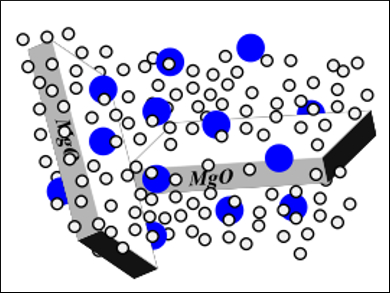Surface states and defects can play an important role in the catalysis of a wide variety of reactions. Furthermore, surfactants are known to dramatically affect the structure of catalysts and catalytic sites, especially when the catalysts are prepared under hydrothermal conditions.
In their recent work, Hemant Choudhary and Kohki Ebitani, Japan Advanced Institute of Science and Technology (JAIST), Nomi, Japan, found that cetyltrimethylammonium bromide (CTAB) could afford a highly stable and active magnesia-supported copper catalyst for production of lactic acid from biomass-derived sugars.
This result inspired further study of the effect of the surfactants on catalysis for lactic acid production over Cu-surfactant/MgO catalysts. Among the various surfactants employed in this study, it was noticed that the catalysts prepared in the presence of ionic surfactants were much more active than the catalysts obtained using non-ionic ones.
Detailed investigation of structure-activity relationships suggested paramelaconite (Cu4O3) was the active species for the conversion of glucose to lactic acid. Additionally, the activity could be influenced by the controlled generation of various copper species such as Cu2O, CuO, and Cu4O3 on MgO by using different surfactants for the preparation of the copper catalyst.
- A Convenient Surfactant-Mediated Hydrothermal Approach to Control Supported Copper Oxide Species for Catalytic Upgradation of Glucose to Lactic Acid,
Hemant Choudhary, Kohki Ebitani,
ChemNanoMat 2015.
DOI: 10.1002/cnma.201500131




